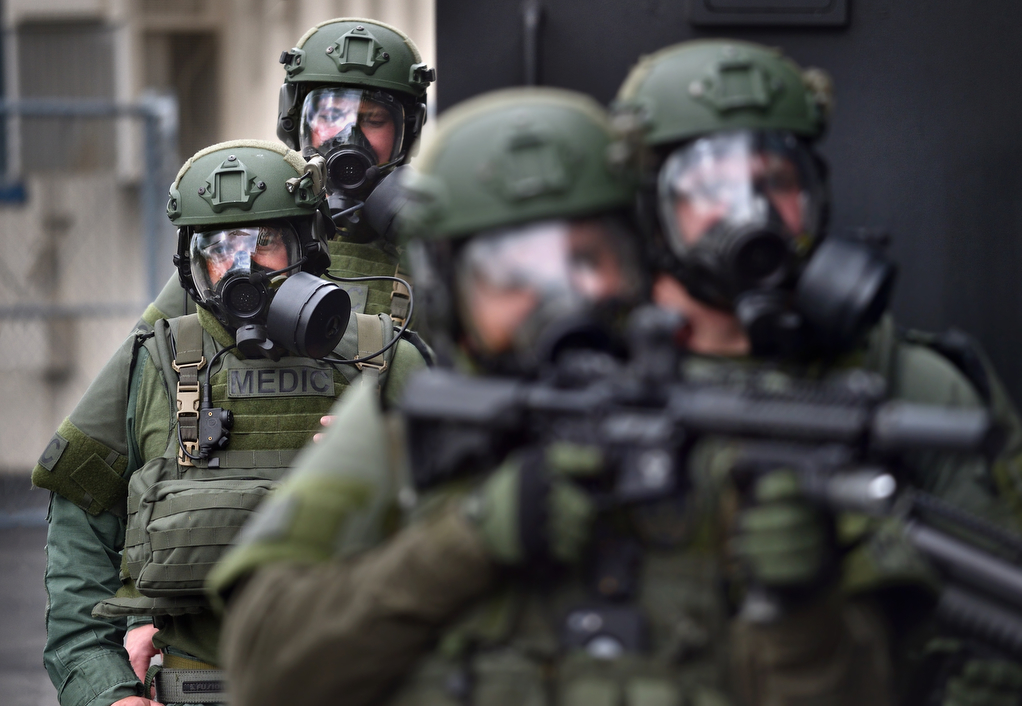
What to do in an Active Shooter Scenario
Active shooter situations can happen anywhere and at any time. According to the FBI (2018), there have been over 200 active shooter incidents in the United States from 2000 to 2017. Being prepared and knowing what to do can increase your chances of surviving an active shooter event. This blog post will discuss actions individuals can take to maximize their safety and likelihood of survival during an active shooter scenario based on data from past incidents.
When an active shooter is in the vicinity, the first and most important action to take is to run (U.S. Department of Homeland Security, 2013). If there is an accessible emergency exit or safe route away from the shooter, individuals should exit the building quickly and leave the area. During the 2017 Las Vegas shooting, many concertgoers who were able to flee the venue quickly survived (Alba & Frenkel, 2017). If running is not possible, individuals should hide in as safe a place as possible and silence their cell phones (Blair & Schweit, 2014). Hiding places should provide concealment and block the shooter’s view, such as behind large objects or in enclosed locked rooms. Those who were able to hide from the shooter in past incidents had higher survival rates (Blair & Schweit, 2014).
As a last resort, individuals may need to act aggressively and attempt to incapacitate the shooter. This could include throwing objects, improvising weapons, yelling, and physically attacking the shooter (U.S. Department of Homeland Security, 2013). However, this should only be done when no other options remain to avoid being targeted. During the 2007 Virginia Tech shooting, some students who tried to tackle the shooter were able to save lives but were also among those killed (Bjelopera, Bagalman, Caldwell, Finklea, & McCallion, 2013).
Conclusion
To maximize one’s chances of survival during an active shooter situation, individuals should first run to escape if possible. If unable to flee, hiding in a secure space and remaining quiet is the next best option. As a last resort, aggressively confronting the shooter may be necessary but should only be done when no other choices exist. Being aware of these strategies and prepared in advance can help reduce panic and increase chances of survival during an active shooter scenario. Are you prepared to make a difference if you have the misfortune of being involved in an active shooter incident? Check out these resources for more information:
https://www.fbi.gov/how-we-can-help-you/safety-resources/active-shooter-safety-resources
https://www.cisa.gov/topics/physical-security/active-shooter-preparedness
Stay Response Ready.
